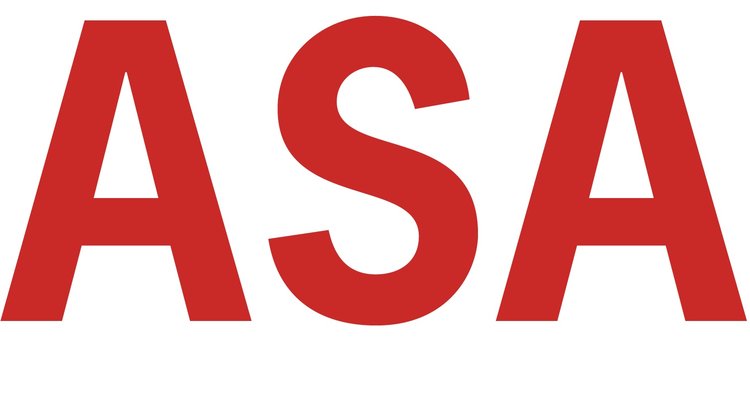Drew Grimstead discusses the changing risk landscape of ransomware attacks on academic institutions. As learning becomes more digitized, the scope of assets and technologies that need protection increases. Federal and localized governance combined with values such as “Academic Freedom” make education a particularly challenging sector to secure. This paper deconstructs various risks associated with ransomware attacks and proposes possible mitigations both from an organizational and legislative lens.
Read MoreThird Party Risk
From FinTech Darling to Bankruptcy
Vincent Xu discusses the recent bankruptcy of Wirecard, which has been called as one of the worst financial disasters in Europe since the financial crisis. A combination of opaque business practices, ignorant culture of non-compliance and lack of business partner control all contributed to the eventual revelation that $2 billion was missing from the company’s accounts. The downfall of the German fintech darling sparked conversation about the trend of false optimism in the up-and-coming fintech industry “disruptors.” As the success of the fintech industry relies heavily upon the trust that is given by society, fintech companies must close the gaps in regulatory policies and compliance practices.
Read MoreArrayent’s Inherent Risks
Kyle Simpson discusses the operational risks of Arrayent, an Internet of Things (IoT) cloud service company that manages dozens of large companies including Whirlpool, Maytag, Liftmaster, and Febreeze. This paper examines these potential risks, and then makes recommendations for risk mitigation and best practices.
Read MoreManaging Third Party Risks
This research note talks about how third party risks are emerging with the constantly evolving regulatory environment for business.
Read More